Over on her Georney‘s blog, Evelyn Mervine has recently posted a nice piece with some spectacular images of columnar jointing. This seemed like a good opportunity to dust off some field photos, with some more examples of polygonal joint sets in lavas from a variety of settings, to illustrate the diversity of forms that cooling-contraction joints may take in volcanic rocks.
The first example is a late Pleistocene lava flow from the Afar, Ethiopia.
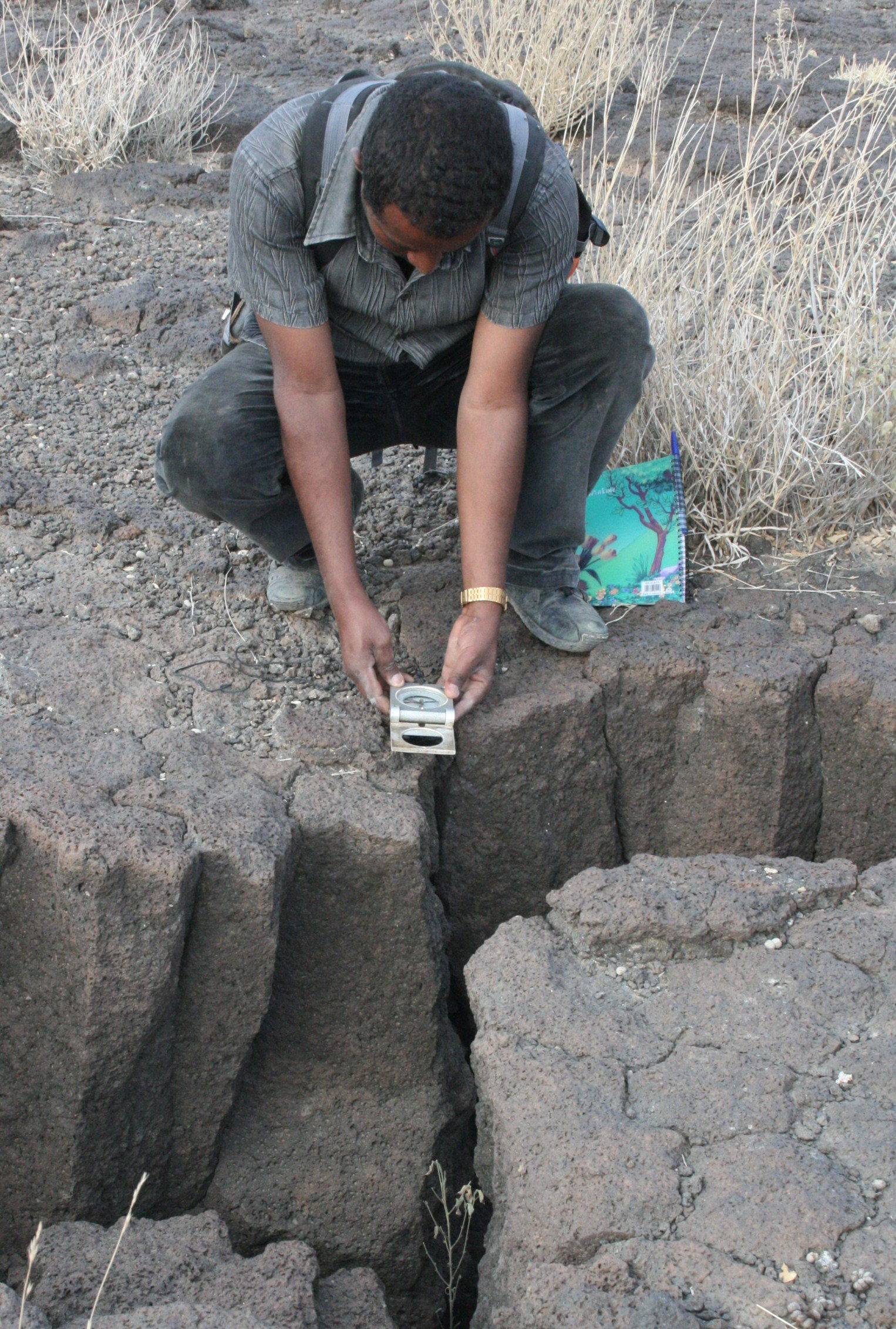
Berihu Abadi, with an example of columnar jointing in a late Pleistocene basalt, Afar, Ethiopia, exposed in the face of recently-opened fracture. Fieldwork carried out as part of the NERC-funded Afar consortium.
Young lavas in the Afar are predominantly fissure-fed basalts, erupted across the topography and air-cooled. Columnar jointing is pervasive in the upper surfaces of these young lava flows, and seems to develop immediately beneath the surficial glassy and vesicular crust that forms on the top surfaces of the modern lava flows.
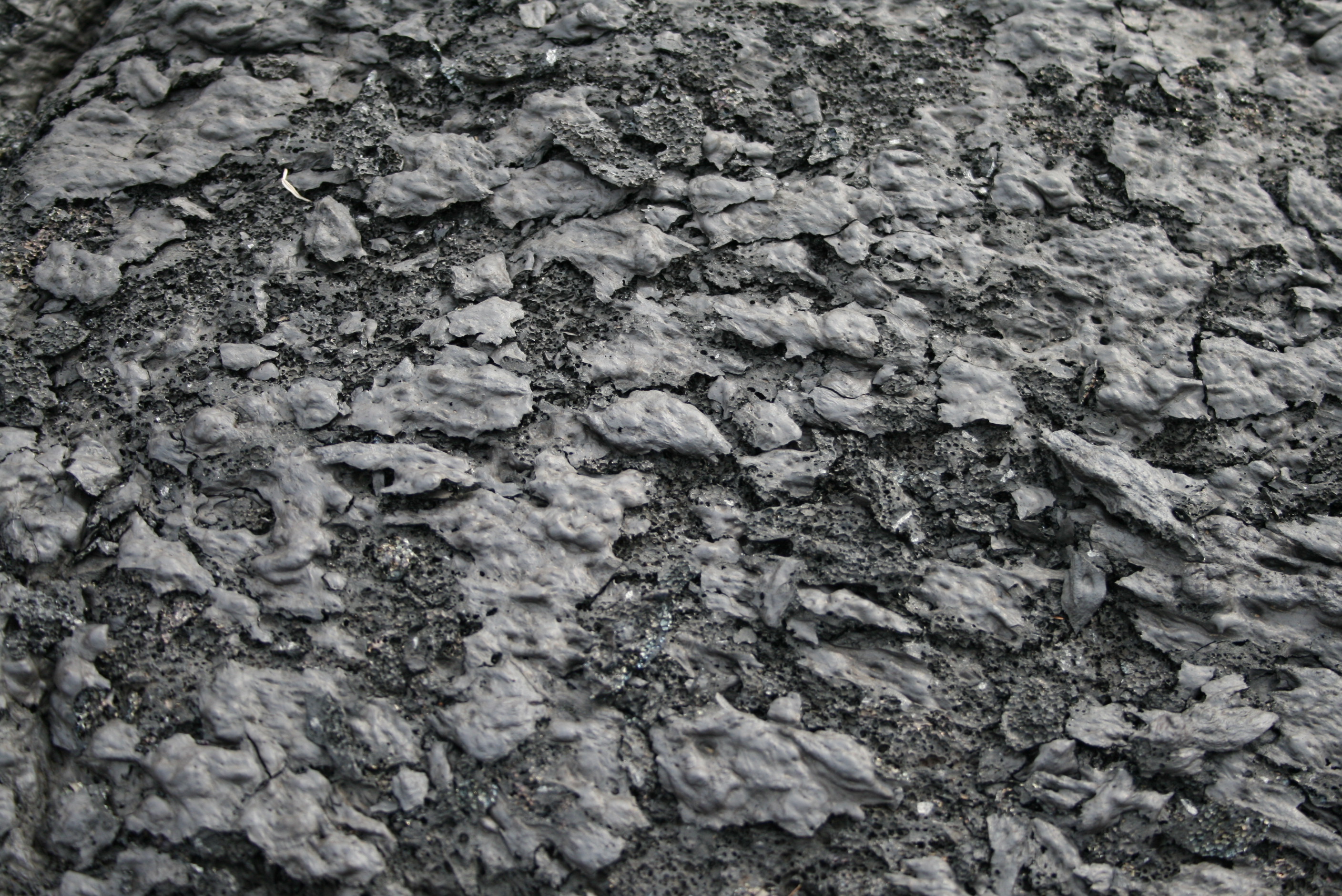
Uppermost surface of a fresh basaltic lava flow, Afar, Ethiopia. Field of view is about 30 cm. Beneath the surface layer formed by the scales of glassy, vesicular lava, the lava is weakly polygonally-jointed (not visible in this picture). Fieldwork carried out as part of the NERC-funded Afar consortium.
Moving across to Europe, and southern Spain. Here, in the Cabo de Gata, there are some fabulous examples of polygonally-jointed andesitic lava domes, emplaced in a shallow submarine environment. These are Miocene in age, and formed in a transient volcanic arc, which has now been faulted against the Spanish mainland.
At Playa Monsul, polygonally-jointed dykes can be found criss-crossing a fabulous series of hyaloclastite bodies. Monsul is also well known as the location in Indiana Jones and the Last Crusade, where Sean Connery fends off an aerial attack with the help of an umbrella and a flock of seagulls.
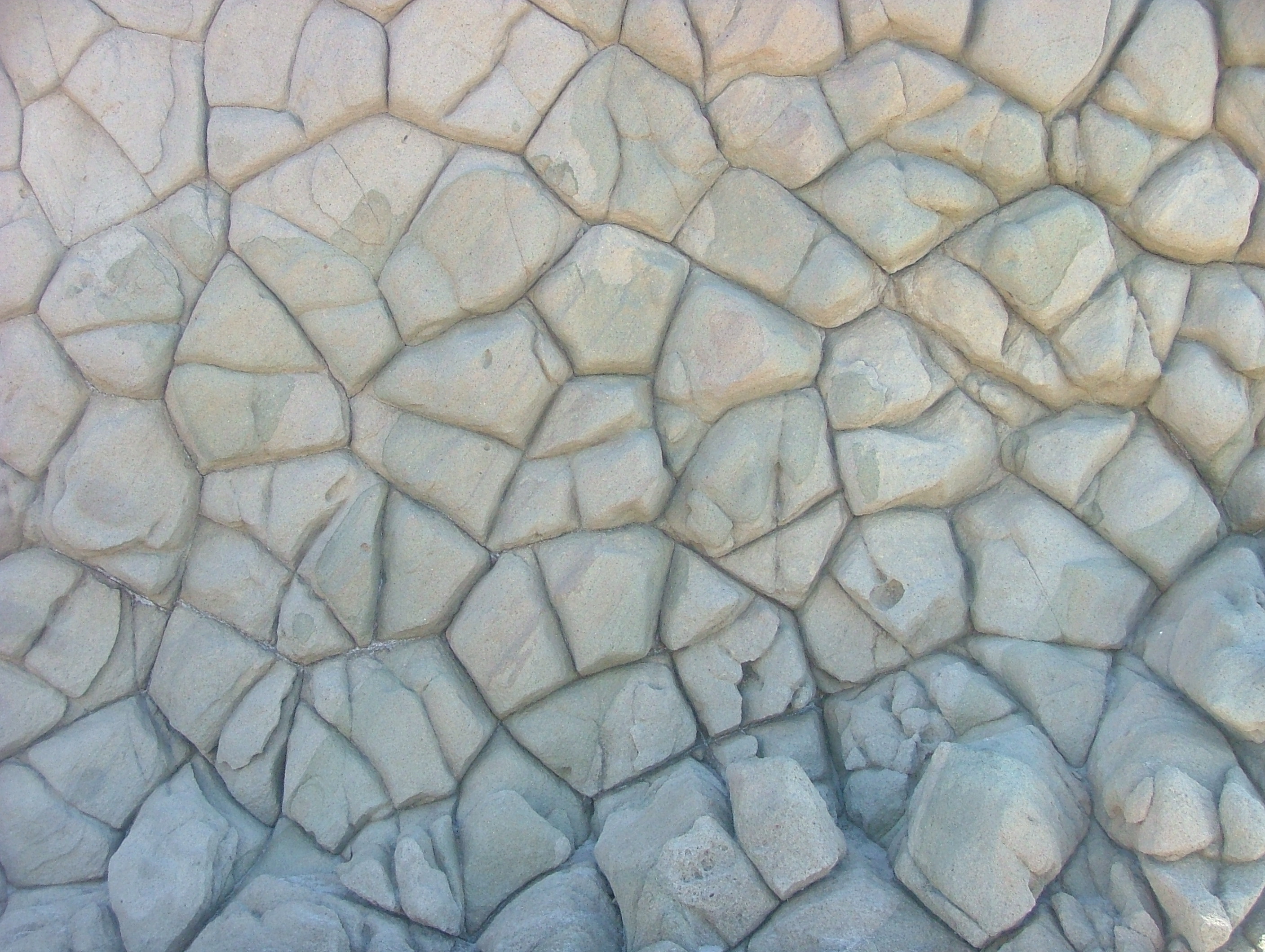
Polygonal jointing in the vertical face of a dyke, intruding a submarine sequence of wet sediment and hyaloclastite lavas. Polygons are typically 10-20 cm across. Photograph taken on a University of Oxford undergraduate field trip.
The southern-most cape of the Cabo de Gata has a wealth of collonaded andesites; presumably submarine domes.
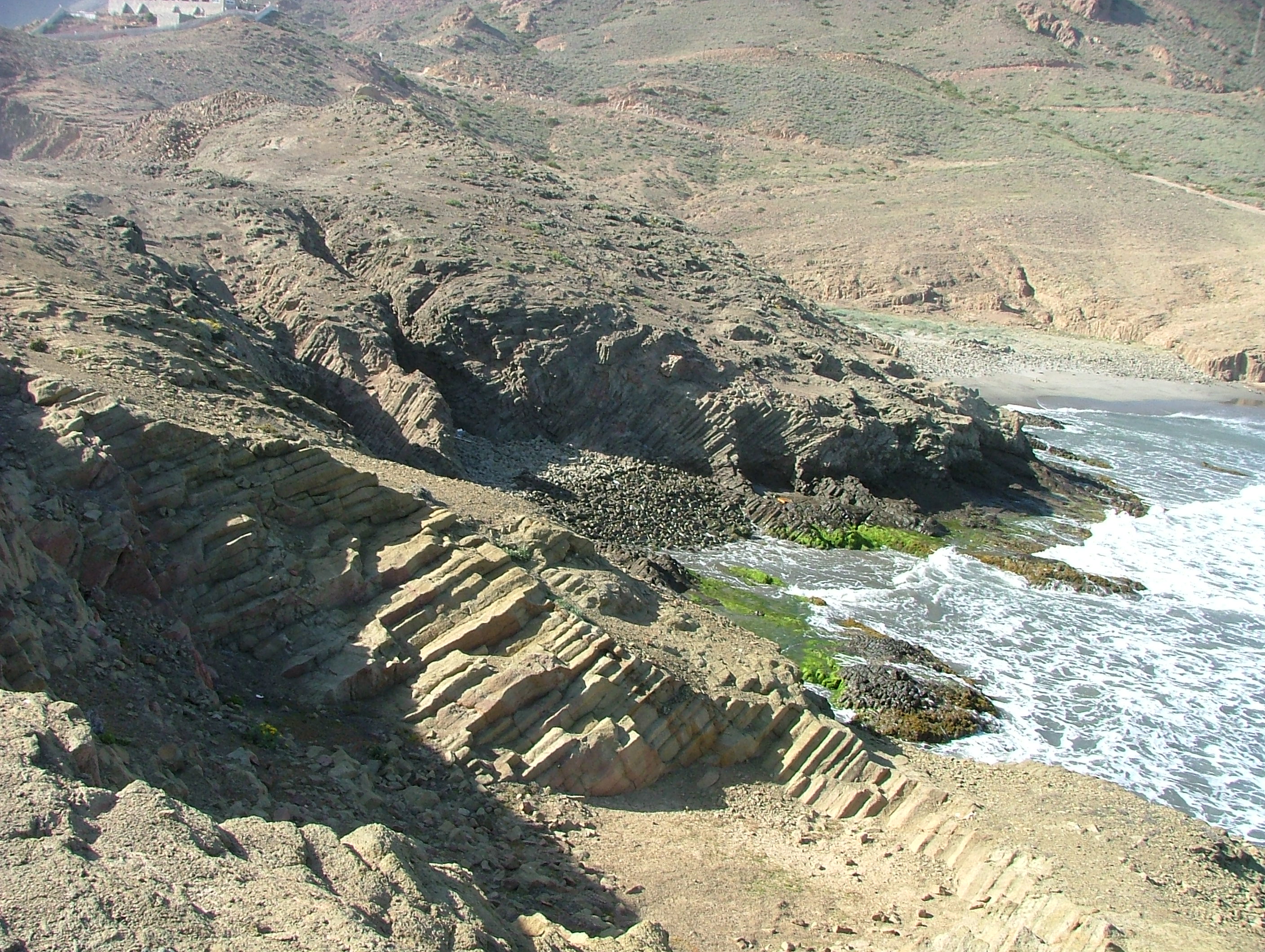
Columnar joints in an andesite ‘dome’ of Miocene age, southernmost Cabo de Gata, Spain. This locality offers some spectacular views both of polygonal joints in planform, and also large-scale structures showing the fanning of columns that reveal the orientations of the original cooling surfaces. Location visited on an undergraduate field trip.
The final examples of polygonal jointing come from higher (southerly) latitudes, and higher elevations, where jointing has developed as a result of ice- or snow-contact volcanism. The first example is from the flanks of volcano Osorno, Chile, where characteristic hackly jointing has developed on the outer margins of an andesitic lava flow. This differs from the regular pattern typical of columnar jointing, and is thought to be one characteristic of rapid quenching of lava.
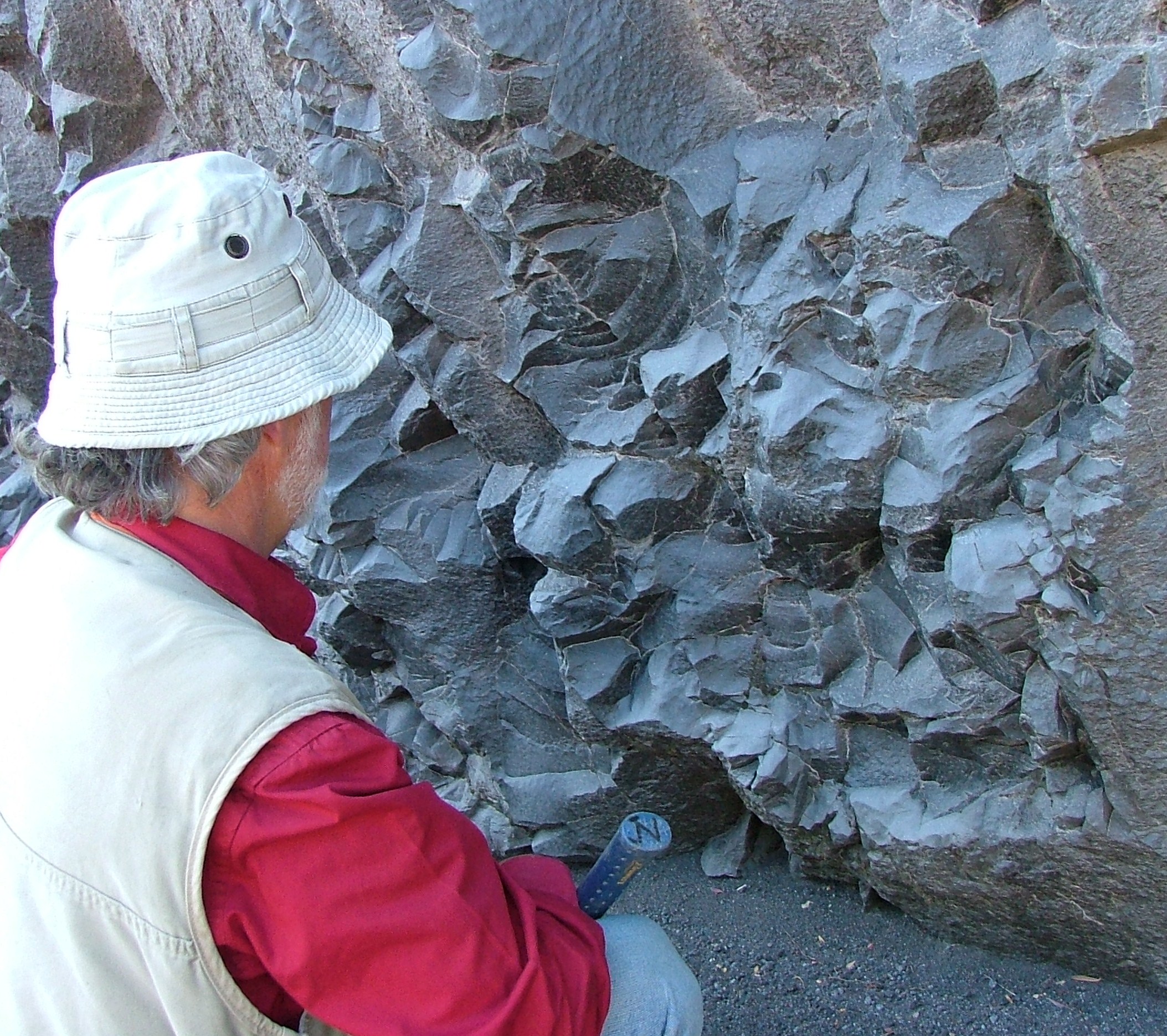
Jose Naranjo, SERNAGEOMIN, and the hackly-jointed lavas from volcan Osorno, Chile. Fieldwork carried out as part of a NERC-funded project by Sebastian Watt.
A little further South, again in Chile, and here is another classic example of a small sub-glacial ridge of andesite, this time near the summit of volcan Apagado, on the Hualaihue peninsula.
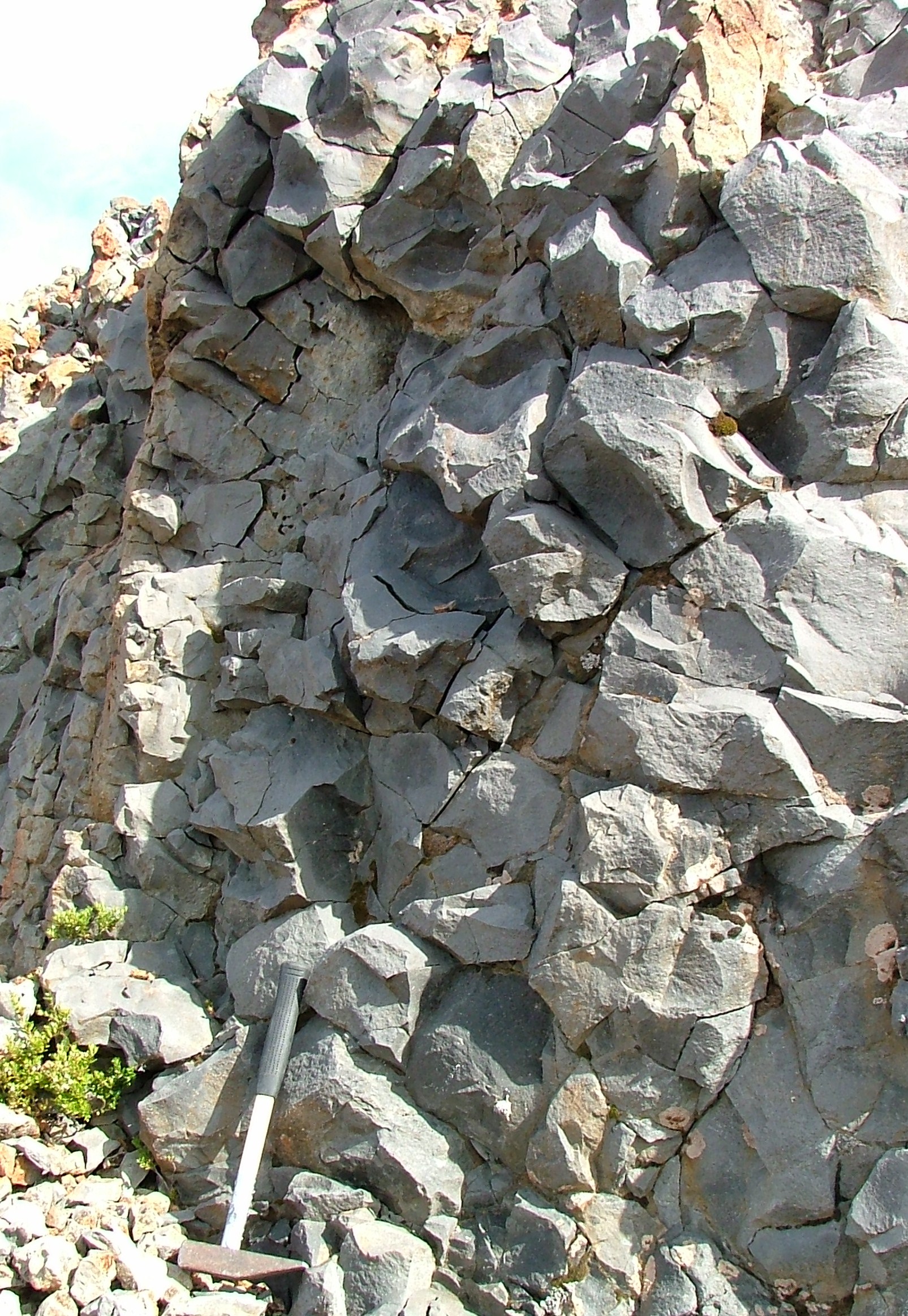
Complex polygonal jointing in a ridge of andesite, from the margins of volcan Apagado, Chile. Fieldwork carried out as a part of a NERC-funded PhD project by Sebastian Watt.
A final example is from volcan Sollipulli, a little further North in the Chilean Lake District. This example is of a dyke, thought to have intruded along the contact between a glacier and the volcanic edifice, near the present-day crater edge. Here, the portion of the dyke that was originally in contact with the ice has developed a very strong platy fabric, and is falling apart to form a scree of what looks like slate.
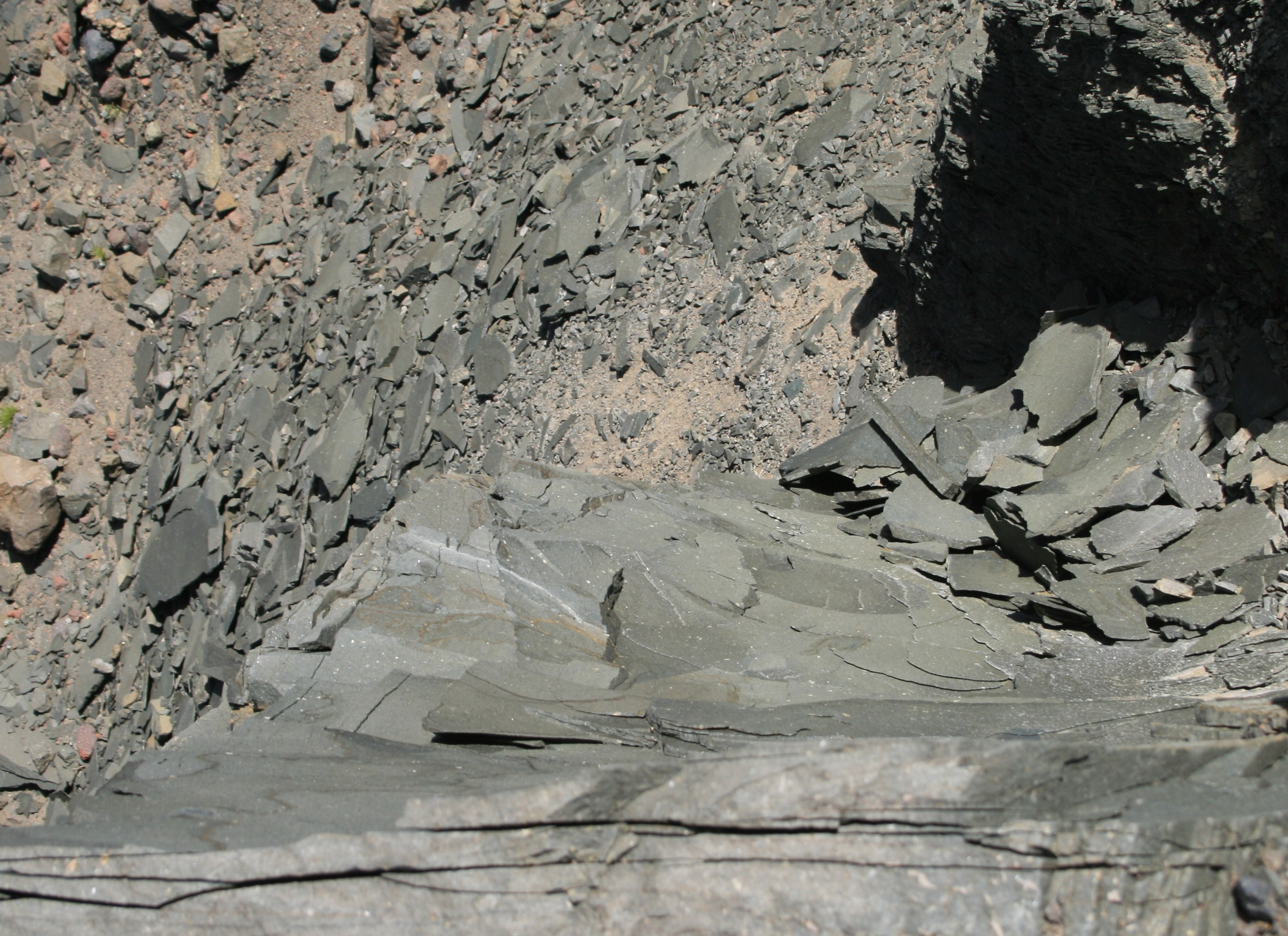
Platy jointing developed in the margins of an originally ice-bounded dyke, volcan Sollipulli, Chile. View from above, looking down the dyke margin. Platy scree now partially fills the channel which was once filled with ice. View – about 1 m across. Fieldwork was carried out as a part of a IAVCEI-funded project on the hazards of snow-capped volcanoes.
While there is general agreement that these patterns of jointing form because of the contraction of magma as it cools, there is not yet a concensus model for what it is that controls the size of the polygonal joints, or the typical number of sides. Theoretically, it is argued that a hexagonal jointing pattern would be the lowest-energy, and favoured, solution. But in reality, cooling rates might be too fast for full energy minimisation, and this might explain why many polygonal joints have fewer than six sides. This is the conclusion of the most complete study to date, in which Gyoergy Hetenyi and colleagues argue that field evidence points to two major controls being the size of the cooling body, which influences how fast it cools, and composition, which influences the physical properties of the cooling magma.

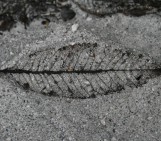

davidmpyle
Update: if you’d like to read more about the charms of columnar jointed lavas, and the stories they tell, you should take a look at Dave McGarvie’s post on this topic http://davemcgarvie.wordpress.com/2013/05/18/the-charm-of-columns